It was a chilly morning and the skies were a lead gray as the convoy slowly snaked its way along Highway 1. Captain Gordon D. Batcheller, commanding officer of Company A, 1st Battalion, 1st Marine Regiment (1/1), was worried. His orders were to relieve the Military Assistance Command Vietnam (MACV) compound at Hue and link up with Army of the Republic of Vietnam (ARVN) units north of the city. But he had little information to go on. Moving up the main coastal highway that ran from Da Nang all the way through Dong Ha in the north, where the 3rd Marine Division Headquarters was located, things were unusually quiet. Batcheller knew something was up. The previous day, January 30, 1968, North Vietnamese and Viet Cong units had taken advantage of the Tet cease-fire to attack cities and towns throughout Vietnam. Fighting raged everywhere.
Excerpt from article : https://www.historynet.com/storming-the-citadel/
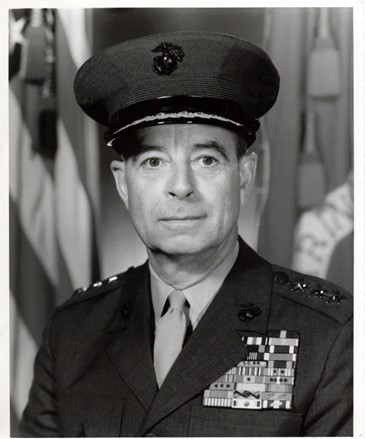
Task force XRAY Foster Carr LeHue
https://en.wikipedia.org/wiki/1st_Marine_Division#Vietnam_War
Battle of Hué (Tet 1968)
MACV Compound

Northern tip of Hué New City showing MACV compound and LCU ramp.
(National Route 1 runs along the southwest side of the compound.)
Map courtesy of John Paul Rossie’s Maps of Vietnam
The MACV compound:

The MACV compound at Hué (center) looking southeast. Photo © Tom Pilsch
What was MACV?
Military Assistance Command, Vietnam (MACV) Advisory Team 3 had the mission of providing support (mostly fire support and logistics) to the 1st Division of the Army of the Republic of Vietnam (ARVN) headquartered in Hué as well as Thua Thien province forces. The province headquarters were just north of the MACV compound (in the lower left corner of the photo above).
The team was quartered in an area approximately one city block square on the south side of the Perfume River in the New City of Hué.
A three-story former hotel dominated the west corner of the compound. Solidly built of concrete, the structure was used as an officer’s billet. The dining hall on the first floor also served as a meeting room where movies were shown on an irregular basis.
Running northeast from the hotel was a two-story annex with about 20 sleeping “suites” (two rooms — front and back — and a bathroom). It too was solidly constructed and provided reasonably comfortable accommodations.
Behind the annex were three rows of single-story open bay structures housing the enlisted personnel and junior officers. Referred to as “hooches” (the generic Vietnamese term for any small dwelling), these were more substantial than the standard wood and corrugated metal structures found on most US bases in Vietnam.
Battle of Hué background and actions
The Marine’s Phu Bai Combat Base, 11 kilometers (6.8 mi) south of Huế on Highway 1, included Task Force X-Ray, a brigade-size component of the 1st Marine Division built around the 1st and 5th Marine Regiments.
The U.S. Army 1st and 3rd Brigades, 1st Cavalry Division and the 2nd Brigade, 101st Airborne Division, operated out of a series of firebases and landing zones between Phu Bai and Quảng Trị.
Both the Marine and the airmobile units operating near Huế were in a state of flux as the Tết holiday began. The 1st Cavalry Division was in the midst of relocating from Bình Định Province in II Corps to Quảng Trị and Thừa Thiên Provinces in I Corps. By the last week of January, most of its combat units had arrived, but many of the division’s logistical components were still in transit. When the headquarters of 3rd Brigade, 1st Cavalry Division arrived at Camp Evans, 27 kilometers (17 mi) northwest of Huế on 26 January, it found that the site held no stocks of ammunition or fuel.
Supplies would remain tight for the next week as the Division’s helicopters tried to build up a reserve of materiel.
Within Huế, approximately 100 U.S. Army advisers and administrative personnel, as well as a few Marine guards, were headquartered in the new city in the lightly defended MACV Compound (16.466°N 107.592°E) a block and a half south of the Perfume River on the east side of Highway 1. A rotating group of staff personnel from the compound was stationed at Trưởng’s headquarters day and night.
Other advisers were in the countryside accompanying ARVN units. A small group of Army technicians manned a communications facility a few hundred meters to the east of the MACV Compound. Several dozen Army technical specialists and military intelligence personnel were billeted in the Huong Giang Hotel several blocks to the west. Finally, a small detachment of U.S. Navy personnel was stationed at a boat ramp just north of the MACV Compound.
Battle of Hue After Action Report:
US Forces-

Helo & Fixed wing Missions recap:
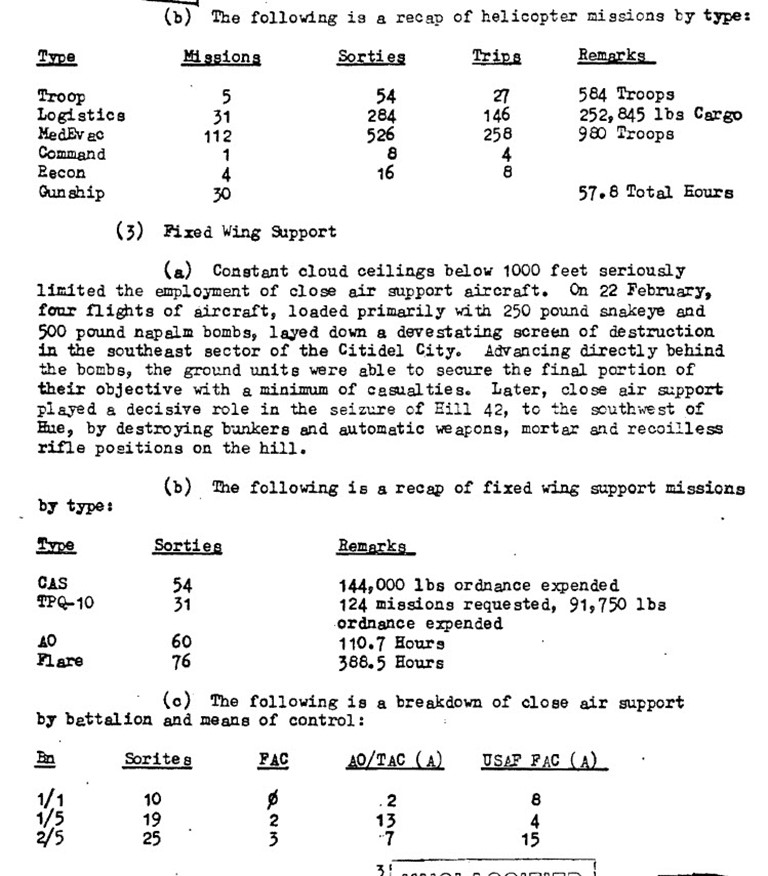
Arty and Naval Support
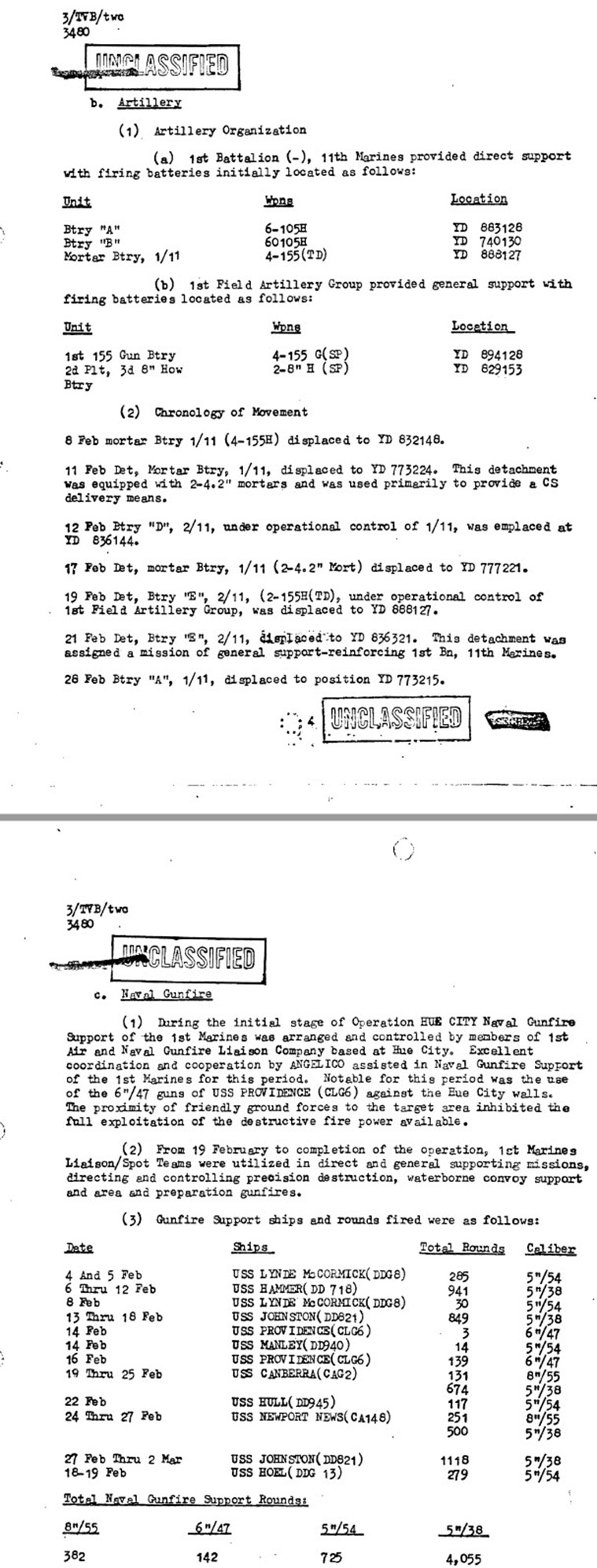

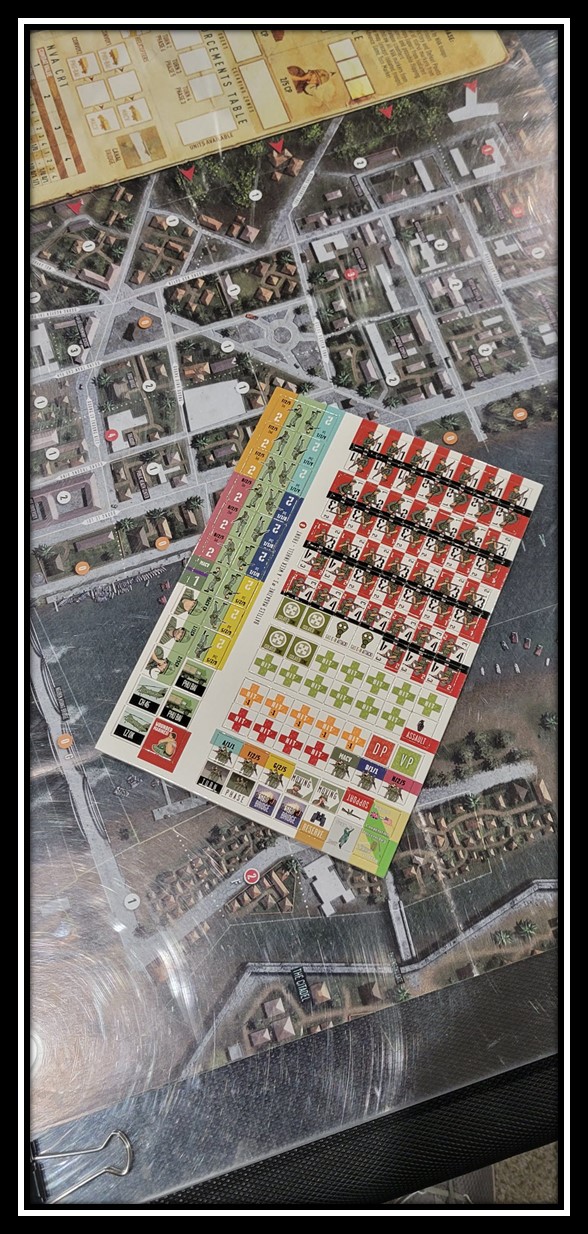
Forces on the ground during the action, which represent all supporting arms AFV,s arty mortars etc.
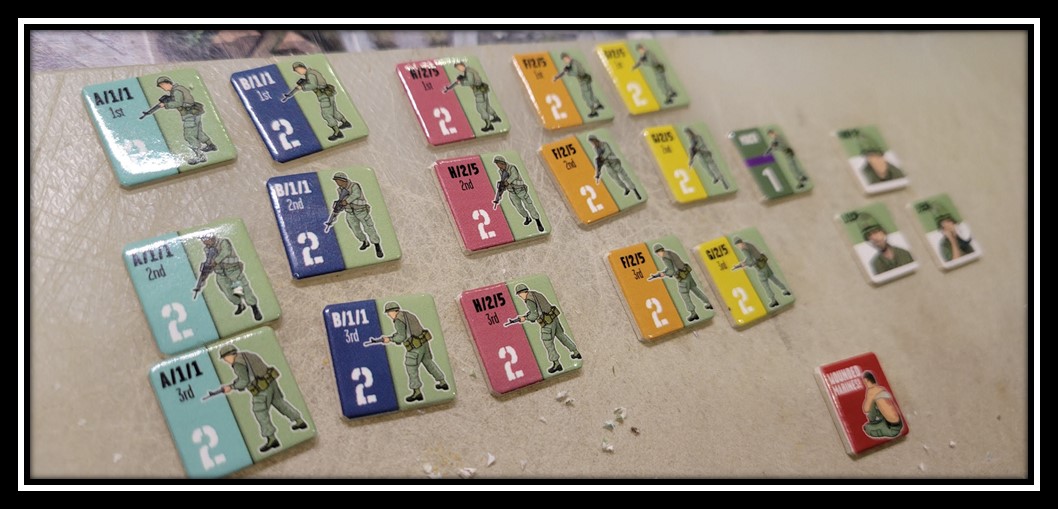
Command elements:
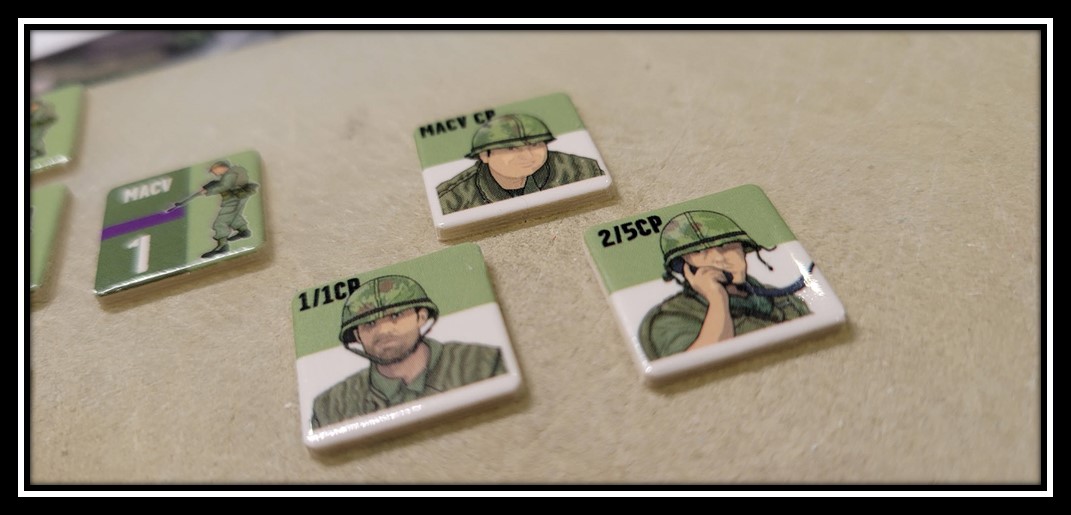
During our exploration we played twice. First game we ran for 2 turns to get a hang of rules and some concepts I was not clear on. I then reset and ran through the game in full.
The next few weeks posts on Fridays @ 10 AM will cover the AAR from game play and I will also add in further remarks from the Battle of Hue Combat Report shown above.
